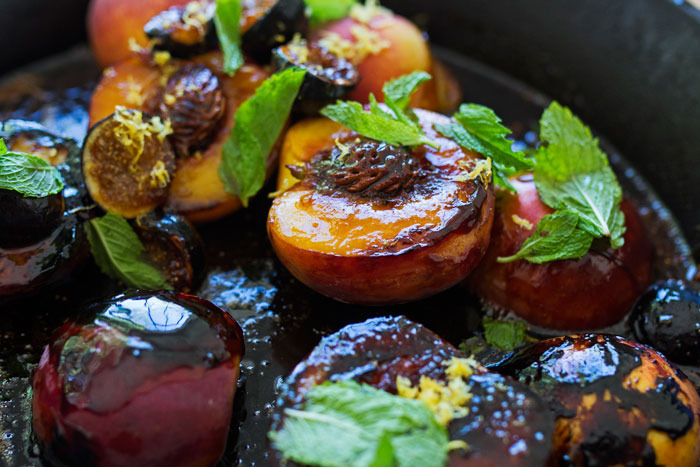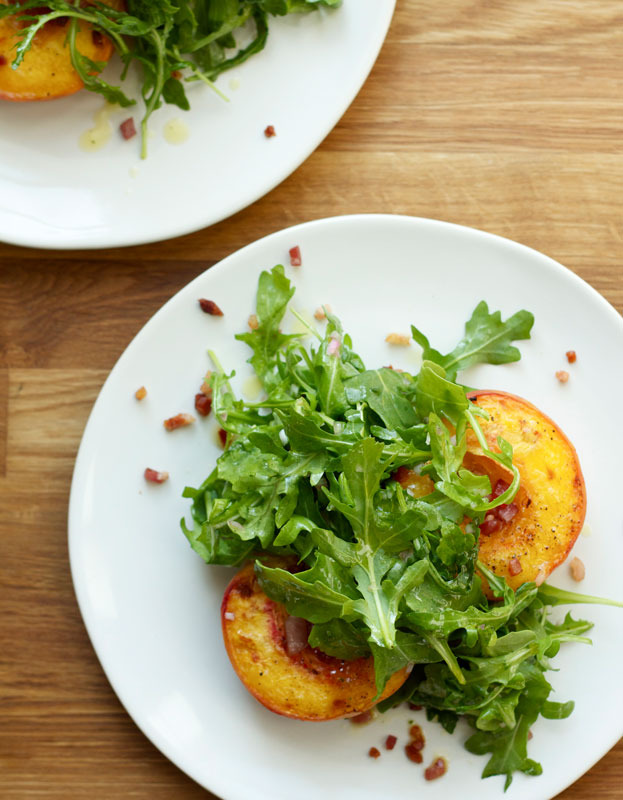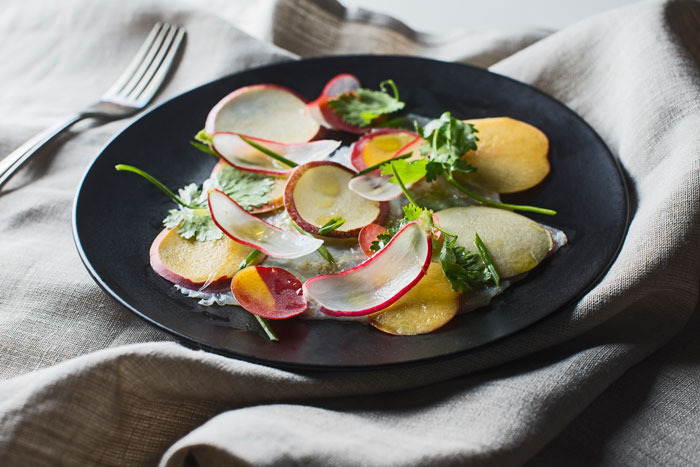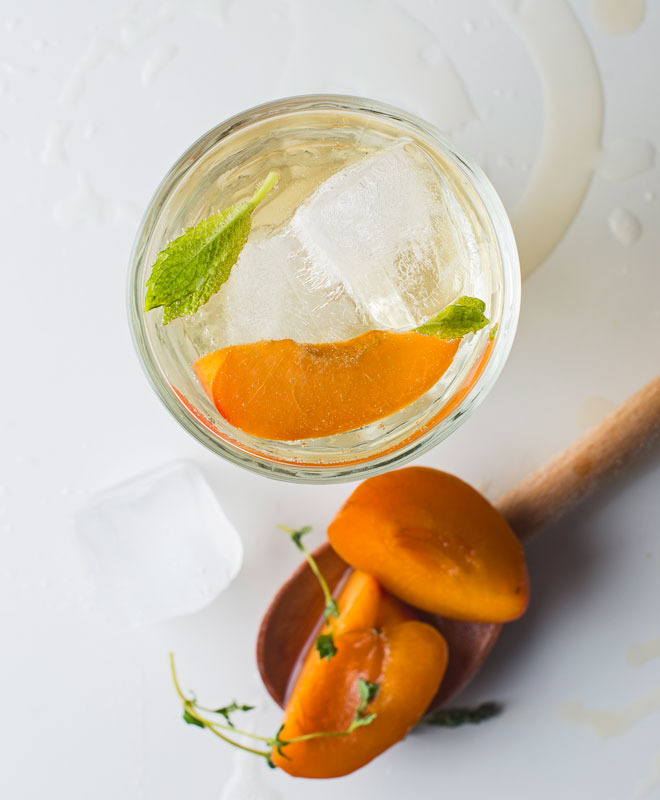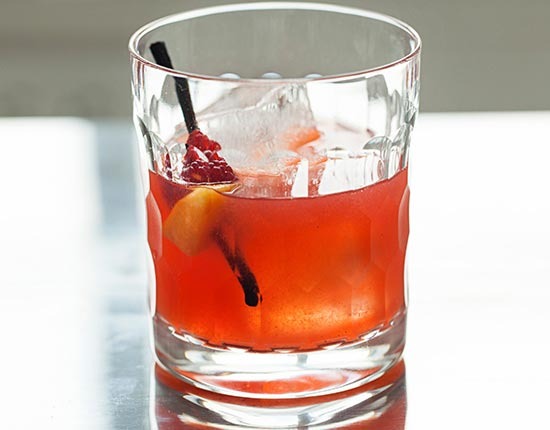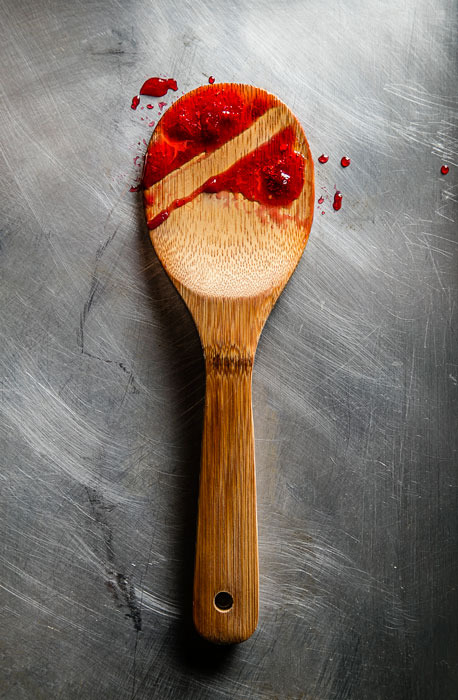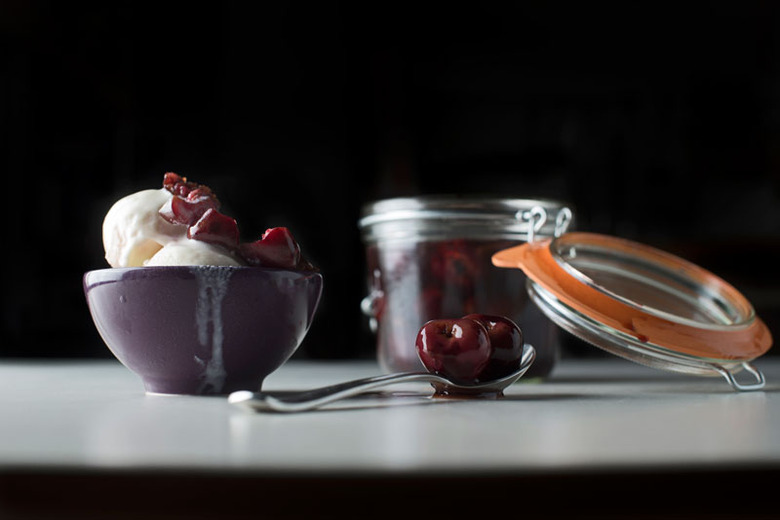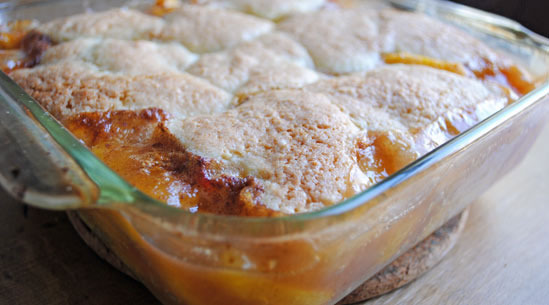How To Best Store Stone Fruit With Hugh Acheson
Hugh Acheson's tips for how to best store seasonal stone fruits
We may receive a commission on purchases made from links.
Summer may bring sweaty brows and swarms of mosquitoes, but it also gives us stone fruit, for which all discomforts are forgiven. To help you make the most of these fleeting seasonal offerings, we reached out to chef and restaurateur Hugh Acheson, who also penned the recently published produce-centric cookbook, The Broad Fork: Recipes for the Wide World of Vegetables and Fruits. He shares his tips for picking, storing and using peaches, nectarines, cherries, apricots and plums to help you get the optimal flavor out of summer's sweet gifts.
Season and region matter.
This is a no-brainer, right? Just because you can eat a peach any time of year doesn't mean you should. Sure, that supermarket nectarine may have been grown in the right season somewhere. But if that somewhere happens to be in a faraway land (Chile, say), more than likely, that fruit spent lots of time in cold storage. "It increases the long-range holding capacity," Acheson explains, "but extended time in cold storage makes stone fruit rubbery and mealy." The fix, he says, is to find a good local farmers' market and wait for the fruit to come into season. "The secret is to get into what's around you."
That doesn't mean all supermarket stone fruit is subpar. Many large markets make efforts to source locally or regionally when they can. Examine the stickers on the fruit to see which ones traveled the least distance. Even if you don't live in a region known for its stone fruit, chances are that a peach from Georgia endured less time in the cold than the one from Chile or Mexico.
Burnt Peaches and Figs with Amaretto and Mint
Roasted Peaches with Pancetta, Arugula and Sage
Halibut Carpaccio with Nectarines, Radish and Lime
Brandy-Soaked Apricots
That Melba
Plum Jam with Thyme and Chile de Árbol
Bourbon-Soaked Cherries
French Peach Cobbler
Cast-Iron Plum Cake
Get a feel for it.
But don't go on location alone. Are those cherries deep or light red? Does that apricot have a nice blush, or does it look rather pale? Does the smell make your mouth water, or do you barely detect a scent at all? Touch the fruit. Does the flesh give a little but still feel bouncy and succulent? If it feels mushy (read: mealy) or slack fleshed but hard inside, pass on by. Use your senses to gauge how the fruit looks, smells and feels.
Keep the temperature temperate.
Most stone fruits are climacteric, or the kind of fruits that give off ethylene as they ripen, converting starch to sugar and thereby digesting their cell walls, as the editors of Cook's Illustrated explain in The Science of Good Cooking. This means that these fruits don't need to be picked ripe. Peaches, nectarines, plums and pluots will continue to soften and grow sweeter and more aromatic even after picking. (Learn more about climacteric fruits in our guide to storing berries.) Because refrigeration retards ripening—and ultimately affects the texture—store underripe stone fruit on the countertop or on a windowsill that doesn't get too much sun. And, Acheson advises, buy for when and how you want to eat your fruit. If you're getting enough plums for a week but desire a perfectly ripe one each day, buy one perfectly ripe one and the others in varying degrees of near-ripeness. However, if you're going to make a peach pie, choose a whole batch of ripe fruits. "Fruit's flavor intensifies when you cook it, so cook with stuff that tastes good in the first place," Acheson says.
RELATED How to Store Fresh Berries "
There are two exceptions here: Apricots have an extremely high metabolism, so they deteriorate quickly, according to food scientist and author Harold McGee. It's best to buy only as many as you're able to eat or cook with within a day. Also, cherries will not improve in either flavor or aroma after harvest, so they should be picked ripe. (They will get softer, but that's due to decomposition, not further ripening.) Refrigerate cherries to extend their delicate lives—and keep the fruit flies at bay. But make sure to bring them to room temperature before eating, Acheson advises. "Like with wine, the cold dulls the flavor. Letting them warm up some allows the sugars to bloom."
Save smartly to savor later.
If you find that your stone fruit is ripening too quickly, make different plans for them. And though you can store peaches, nectarines and plums in the refrigerator, it should be a last resort. There are better ways to save them, so you can savor more of their flavor. Acheson suggests freezing or cooking your stone fruit, making them into pie, compote, preserves, butter, or, our personal favorite, summery cocktails.

